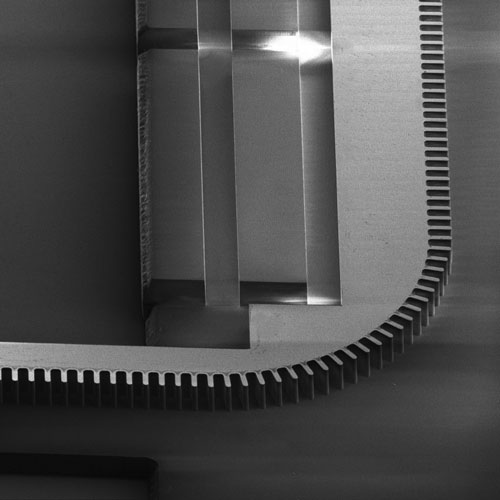
GENVAC has developed a process to micro-fabricate any 3-D structure out of solid Chemical Vapor Deposited (CVD) diamond. As technology advances, laboratory grown diamond will play a more important role in next generation devices ranging from micro-electronics to fuel cells. CVD diamond is naturally electrically insulating, but it can be doped during the growth phase to also enable electrical conductivity.
The term “night-vision” is generally recognized to indicate a device capable of producing “daylight-like” imaging in dark environments. All night-vision devices utilize some form of a photon amplifier. One such device is known as a photo multiplier tube (PMT). The PMT takes a very low-level light signal, converts it into an electronic pulse and amplifies the pulse to be detected by some form of electronic detector. The electron amplifier stage of the PMT relies on surfaces, called dynodes, to produce electronic amplification by “multiplying” the number of electrons produced by the initial pulse. This stage of the PMT, known as an electron multiplier, works by secondary electron production from the dynodes which occurs naturally due to the dynode material. Materials used in electron multipliers to create secondary electrons will produce up to as many as 45 electrons for every impinging electron incident on the dynode surface. With such materials used as dynodes a PMT will have a gain of greater than 1 million, i.e., it will produce greater than 1 million electrons for every photon of light.
High electron amplification gains are enabling product performance improvements in several areas. These areas include medical devices, military sensing systems, and scientific analysis equipment.
